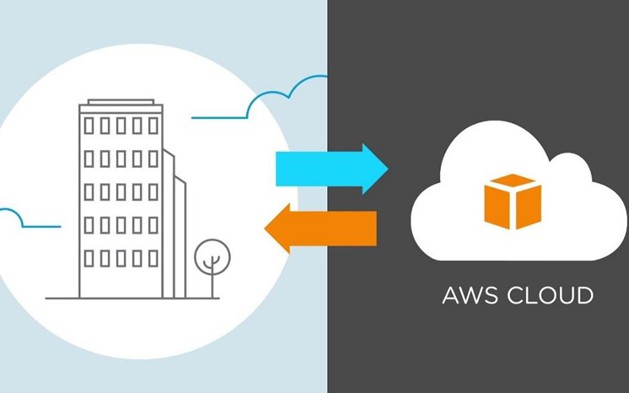At the beginning of 2019, cloud adoption was one of the key topics on top of my agenda. As such, we started developing a centralized cloud strategy with the objective to use it as the foundation for governing our evolution for the next few years.
“First Things First”
Our cloud strategy included both, the migration of our existing legacy systems as well as building new cloud-native Microservices platform.
For the migration of our existing on-premise legacy systems, we have determined what should be in our target environment and the migration strategy for each application. That brought us to adopt a combination of different approaches, in alignment with some of “The 5 R’s” that Gartner outlined in 2011.
My focus in this article is around the re-platforming approach (lift, tinker and shift)
Design. Design. Design. Migrate. Validate. Repeat. Cutover. Operate.
In summary this is how we did it and I believe this simple approach increased our chances of success.
Design. Design. Design.
Choose the Right Candidate
We had few critical business applications falling under the re-platforming option, and for us there were a few candidate applications to migrate first because of what the benefits migration can bring to business in terms of availability, security, performance and other factors.
We knew that for the first migration, we have to choose the right candidate for POC and pilot testing. When we started, the rule of thumb was to choose an application that is:
- the easiest to migrate,
- the most likely to fulfill the criteria of success,
- and the least prone to failure.
However, in our case what actually happened was different. we started with the applications that were the most business-critical and which had the biggest impact on business. We realized that we had to move fast with these applications when we experienced a major data center outage and for an entire day we could not serve our users and our business partners. That is when we decided that we have to move these business-critical applications in the cloud-first and we have to move them fast.
Choose the Right Cloud Platform
We chose Amazon Web Services (AWS) as our cloud provider because it provided us with the greatest scale and the broadest set of services and features. I will take you through the key reasons why we chose to move to AWS cloud.
- Their global footprint and high availability in each region
- We pay only for the compute power, storage, and other resources we use.
- Better performance and response time for hardware and software
- Opportunity to upgrade security, with an end-to-end approach to secure and harden our infrastructure.
- Opportunity to re-architect our solutions in the cloud and have access to agility to transform our solutions into cloud-native architecture.
- Having 95% of our systems on Oracle DB, it was an important factor in moving into RDS the AWS managed DB workloads.
- On AWS we can define the infrastructure as code using cloud formation and other tools
- We can spin-off environments in minutes and We can do that with no capex
- It allows us to automate CI/CD with less effort and following best practices giving simpler deployment process with higher availability and security.
- Using AWS tools allow us to have auto Scaling, and Elastic Load Balancing, based on demand.
#cloud #migration #cloud migration #aws cloud
